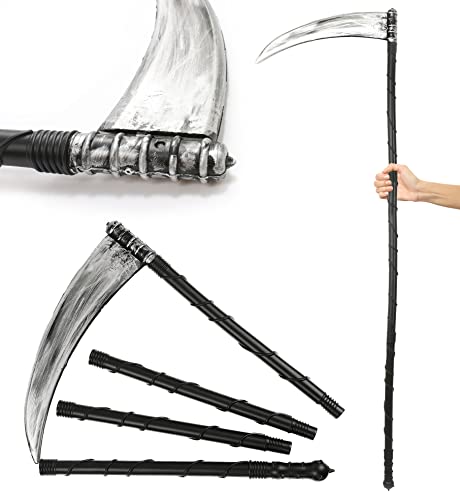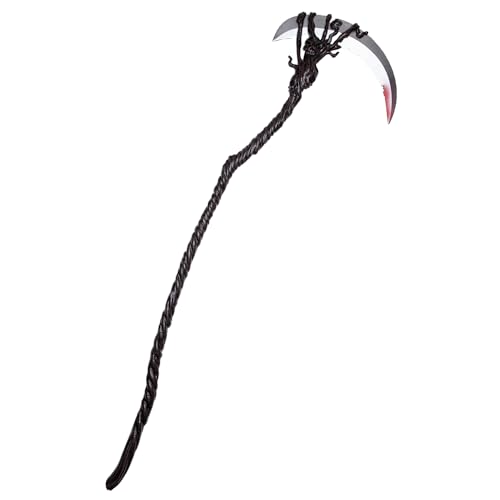Yes, several famous historical figures are known for using a scythe.
The scythe is an ancient agricultural tool that has been used for centuries to cut and harvest crops such as grains and grasses. While it may not seem like the most glamorous or noteworthy of tools, there are indeed a few famous historical figures who are known for their use of the scythe.
Mikhail Gorbachev: The Scythe-Wielding Leader of the Soviet Union
One of the most famous historical figures associated with the scythe is Mikhail Gorbachev, the last leader of the Soviet Union. Gorbachev is often depicted with a scythe in hand, symbolizing his efforts to reform and transform the Soviet Union during the late 1980s and early 1990s. The scythe became a powerful visual symbol of his commitment to change and the dismantling of the old Soviet system.
Gorbachev’s use of the scythe was inspired by the Russian literary tradition, where the scythe is often associated with peasant labor and the struggle for social justice. By embracing the scythe as a symbol, Gorbachev was aligning himself with the common people and their struggle for a better life. Today, the image of Gorbachev with a scythe in hand remains iconic and is widely recognized around the world.
John Constable: Painting the Scythe on the Landscape
Another famous historical figure who used the scythe as a subject in his work was the English landscape painter John Constable. Constable is best known for his romantic and atmospheric depictions of the English countryside, often featuring farm laborers and rural life.
In many of his paintings, Constable included figures using scythes to cut grass or harvest crops. These scenes were not just a depiction of agricultural work but also served to evoke a sense of tradition, timelessness, and a connection to the land. The scythe became a recurring motif in Constable’s work, representing the timeless rhythm of rural life and the enduring beauty of the natural world.
Simon de Montfort: The Scythe-Wielding Revolutionary
In the realm of medieval history, one famous figure associated with the scythe is Simon de Montfort. Montfort was an English nobleman who led the barons’ rebellion against King Henry III during the 13th century, resulting in the establishment of the first English Parliament. He is often depicted with a scythe, symbolizing both his leadership in the rebellion and his commitment to agrarian reforms.
Montfort’s use of the scythe as a symbol of revolution and reform harkens back to the peasant uprisings of the time, where the scythe was a weapon of choice for those seeking social change. By embracing the scythe, Montfort was aligning himself with the common people and their struggle for political and economic rights.
Faith Ringgold: Artistic Activism with the Scythe
One contemporary historical figure who has utilized the scythe in her artwork is American artist Faith Ringgold. Ringgold is best known for her vibrant and politically charged quilts, which often incorporate powerful imagery and symbolism.
In one of her most famous works, titled “Tar Beach”, Ringgold depicts a young African-American girl flying through the night sky while holding a scythe. The scythe in this piece symbolizes both the struggle for civil rights and the power of imagination to transcend barriers and limitations.
The Scythe as Symbol and Tool
While the scythe may be a humble agricultural tool, it has also become a powerful symbol in the hands of famous historical figures. Mikhail Gorbachev used the scythe to represent his commitment to reform and change, John Constable captured the timeless beauty of rural life, Simon de Montfort wielded the scythe as a symbol of revolution, and Faith Ringgold incorporated the scythe into her artistic activism.
These individuals recognized the power of the scythe as both a practical tool and a potent symbol. By embracing the scythe, they were able to convey deeper meanings and messages in their work, resonating with audiences both in their own time and for generations to come.






